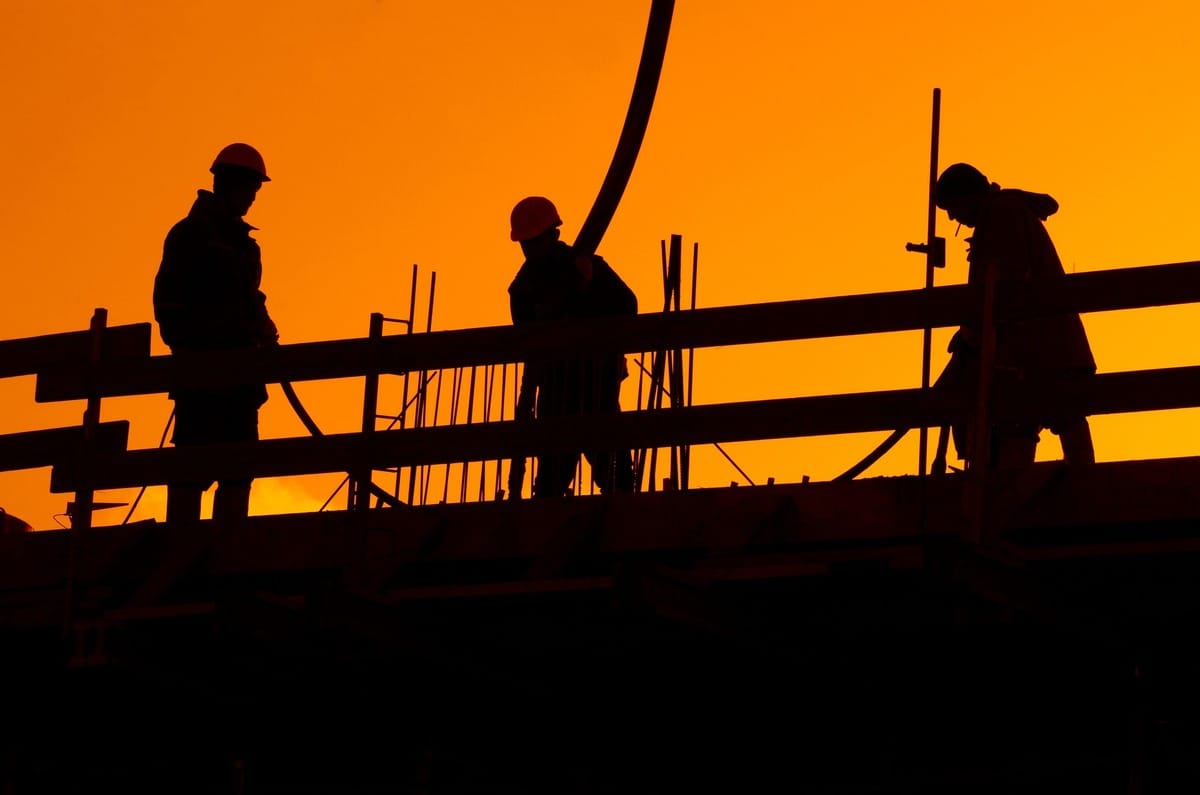- Full Brim Safety
- Posts
- Fall Protection Friday: Preventing Falls - Equipment Inspection is Key
Fall Protection Friday: Preventing Falls - Equipment Inspection is Key
Full Brim Safety: Build Smart, Build Safe

Fall Protection Friday: Preventing Falls - Equipment Inspection is Key
This Weeks Toolbox Talk Attached Below!
Welcome back, let's Build Smart & Build Safe! This week, we've dedicated ourselves to understanding the Fatal Four, the leading causes of fatalities in construction. We began on Monday with Falls, the number one killer in our industry. Today, on Fall Protection Friday, we're circling back to this critical hazard and focusing on a vital preventative measure: the proper inspection of your fall protection equipment.
Your fall protection equipment – your harness, lanyard, connectors, and anchor points – is your lifeline when working at height. But just like any critical piece of equipment, it can degrade over time due to wear and tear, misuse, or environmental factors. Failing to inspect your fall protection equipment before each use is like betting your life on chance.
Here's a breakdown of proper fall protection equipment inspection procedures:
Before Each Use:
Harness:
Webbing: Check for any cuts, tears, abrasions, burns, chemical damage, or fraying. Pay close attention to load-bearing areas.
Stitching: Inspect all stitching for broken or pulled threads, loose ends, or signs of unraveling.
Buckles and D-rings: Ensure they are not deformed, cracked, corroded, or have sharp edges. Check that they function smoothly and lock securely.
Labels: Verify that all labels are present and legible, including the manufacturer's information, date of manufacture, and inspection records if applicable.
Keep it clean: Dirt, paint, or other debris can hide damage. Clean your harness according to the manufacturer's instructions.
Lanyard and Connectors (Snap Hooks, Carabiners):
Webbing or Rope (if applicable): Inspect for cuts, tears, abrasions, burns, chemical damage, fraying, or kinking.
Hardware: Check for cracks, bends, corrosion, sharp edges, and proper gate function. Ensure locking mechanisms engage securely.
Energy Absorber (if present): Look for any signs of deployment (tears, elongation) which indicate it has arrested a fall and must be replaced.
Anchor Points:
Ensure they are rated for the intended load: Never attach to an anchor point that is not certified or strong enough to withstand the forces of a fall. A fall arrest system should be able to withstand 5,000 pounds of force per person.
Inspect fixed anchors: Check for corrosion, deformation, or damage to the structure.
Inspect portable anchors: Ensure proper installation and stability.
If you find any signs of damage or wear during your inspection, DO NOT USE THE EQUIPMENT. Tag it out of service immediately and report it to your supervisor for replacement.
Remember this vital truth: Complacency is your enemy when it comes to fall protection. Taking a few minutes to thoroughly inspect your equipment before each use is a small investment of time that can yield the ultimate return – your safety and your life.
Stay vigilant, inspect your gear, and let's work together to prevent falls and ensure everyone goes home safe. That's the true spirit of building smart and building safe.
Download Your Toolbox Talk Here!
Don't forget to sign your friends up for Full Brim Safety for your daily dose of construction safety tips!
-The Safety Man

